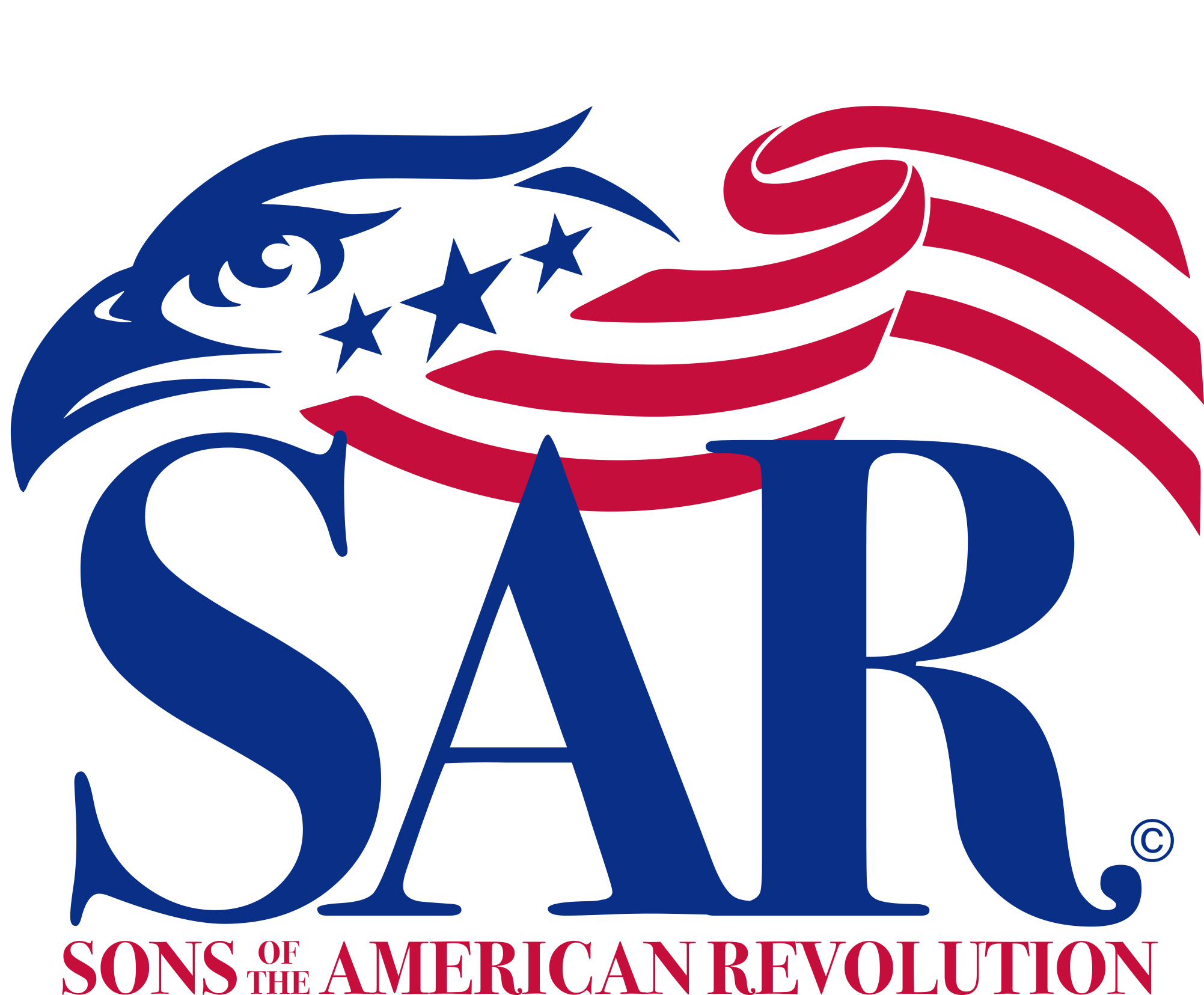Join the Virginia SAR: Unite in Patriotism and Heritage!The Virginia SAR welcomes members from across the United States and internationally. Prospective members, junior members, and even dual membership may be of particular interest and benefit for member compatriots whose patriot ancestors lived or fought in Virginia. Virginia has been the birthplace of many influential figures in the fight for American independence. Patrick Henry, with his impassioned cry of "Give me liberty, or give me death!", ignited the revolutionary spirit. Thomas Jefferson, the principal author of the Declaration of Independence, articulated the vision of a new nation. George Washington, the commander-in-chief of the Continental Army, led the colonies to victory and became the first President of the United States. Joining these illustrious patriots were men and women such as:
These Virginians, among many others, were instrumental in shaping the course of American history and securing the liberties we cherish today. Was your Patriot ancestor living in Virginia and supporting American forces by rendering material aid (e.g., horses, gunpowder, livestock) with or without renumeration? Perhaps your Patriot ancestor served on a Committee of Correspondence, or helped draft one of the many "Resolves" at the county-level throughout the Commonwealth? Did your Patriot ancestor participate in one of the many skirmishes or battles held in Virginia? Do you descend from French forces under General Lafayette or Rochambeau, such as the Royal Deux-Ponts Regiment? Here are just a few of the many battles fought (and now commemorated on anniversaries) within the Virginia Colony:
You may live anywhere, but did any of your patriot ancestors live, fight, serve with or die in Virginia? Or, in the harsh winter at the Valley Forge (Pa.) encampment? Virginia regiments played significant roles in several key battles of the American Revolution outside their home state. Here are a few notable examples:
These battles highlight the extensive involvement and contributions of Virginia regiments in various critical engagements throughout the Revolutionary War. State Regiments and Local Militia
Continental Line (or "Virginia Line") Regiments
Honor your patriot, get updates on activities and events across the Commonwealth ... plan on visiting Virginia as we honor our history with educational, patriotic and historical programs from commemorations of signings, re-enactments and anniversaries of land and sea battles.... Throughout the Commonwealth, the history of our Nation runs through Virginia as we begin to celebrate national, state and local celebrations centered around our 250th Anniversary as a nation through the many America 250 and Virginia 250 programs. Visit the homes of our Founding Fathers including: George Washington's Mount Vernon, George Mason's Gunston Hall, Patrick Henry's Red Hill, James Madison's Montpelier, Thomas Jefferson's Monticello... especially during a SAR-designated events such as: Washington's Birthday Parade (February), The National Memorial Day Parade, The March to Washington's Tomb (each July 4), or Presidential Birthday weekends. Next Steps?A compatriot may establish membership in more than one state society by applying for Dual Membership to the additional state society. He must be a full, dues-paying active member in his home state to hold dual membership in other state societies but will continue to pay his national, state, and chapter dues in his home state. He will pay the state and chapter dues only as a dual member in other states and will not be reported to the National Society as a member on their rosters. He is eligible to be a delegate from his dual state or home state, but not in both societies. For new and prospective members, check out our pathway to membership. You can choose your chapter (map) - or become a member of the Jamestown, HQ chapter. Alreay applied? If so, check here for your Application Status at the National SAR.
|

